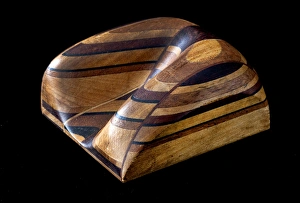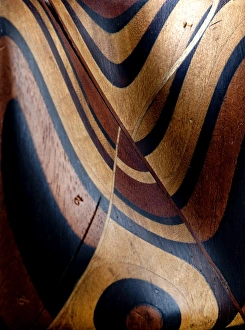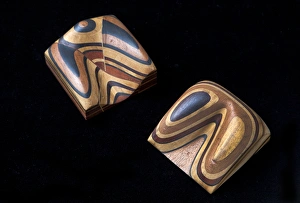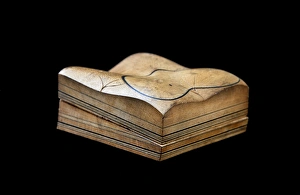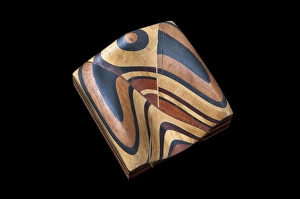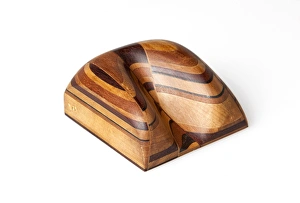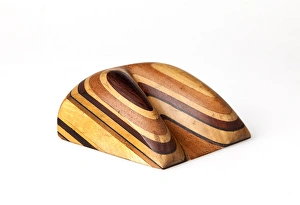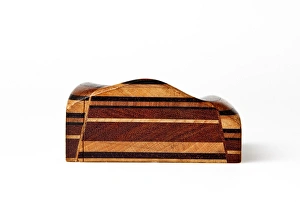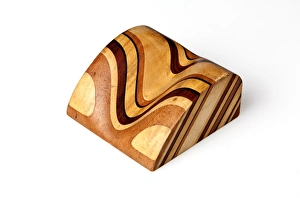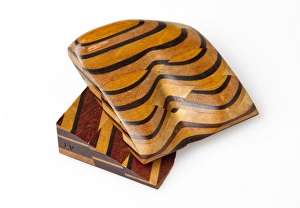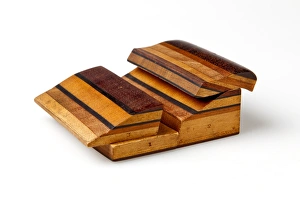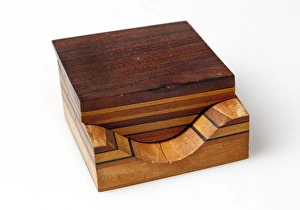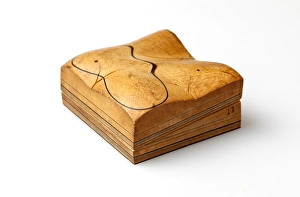Denudation Collection
Denudation, a term deeply rooted in the field of geology, refers to the gradual process of erosion and stripping away of rock formations on the Earth's surface
All Professionally Made to Order for Quick Shipping
Denudation, a term deeply rooted in the field of geology, refers to the gradual process of erosion and stripping away of rock formations on the Earth's surface. In the 1830s, South-East England became an intriguing focal point for researchers studying denudation due to its rich geological landscape. Geological maps from this era, such as the Sopwith Model XII and Model VII, provided valuable insights into various aspects of denudation. The former specifically focused on how mineral veins were affected by this natural phenomenon. By meticulously examining these models, scientists could unravel the intricate patterns and mechanisms behind denudation. The Sopwith Models proved instrumental in understanding both surface denudation and faulting processes. Model VIII shed light on overcutting of strata - a result of continuous erosion wearing down layers upon layers over time. Meanwhile, Model VII delved deeper into mineral vein denudation, offering crucial information about their formation and subsequent exposure through erosion. Coal strata near Newcastle took center stage in Sopwith's research with his groundbreaking Model II. This model highlighted how coal deposits were impacted by denudation processes within that specific region. Additionally, Model IV cautioned against fallacious coal indications that might mislead geologists during their studies. Dislocation of strata was another significant aspect explored through Sopwith's work using his innovative models like Model III. These dislocations served as evidence for past tectonic activity or other geological forces responsible for altering rock formations over time. One cannot overlook the importance of Sopwith's findings regarding bassets - inclined beds or outcrops where stratified rocks are exposed at different angles due to extensive denudation. His observations using Model X revealed invaluable insights into these fascinating features created by millions of years' worth of erosive forces shaping our planet's surface.


